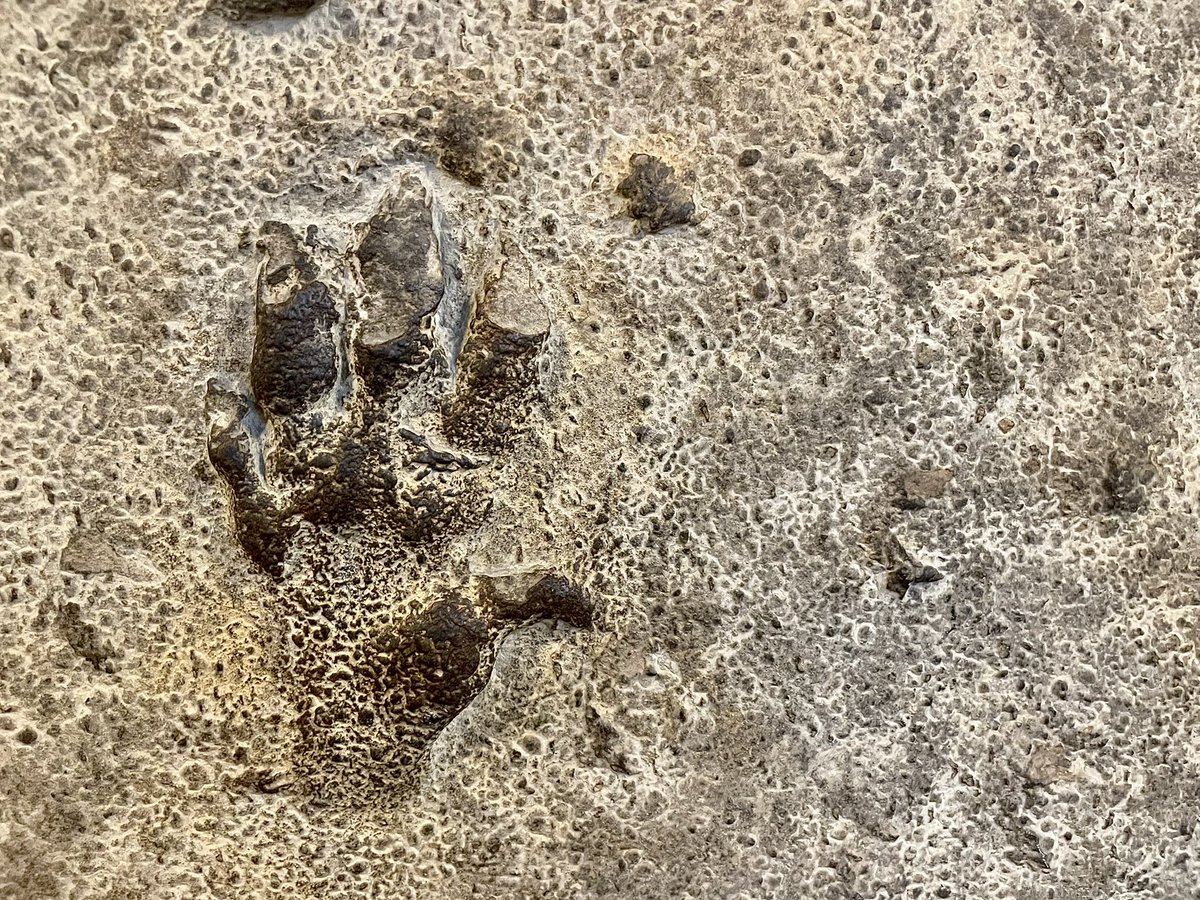
Partula dentifera & Partula hebe
There were once many native species of Polynesian tree snails found across the French Polynesian islands, but now species like P. dentifera and P. hebe are Extinct in the Wild.
There were once many native species of Polynesian tree snails found across the French Polynesian islands, but now species like P. dentifera and P. hebe are Extinct in the Wild.

Extinct in the wild means that there are no, or no significant, wild populations remaining, but the species lives on in captive breeding programmes. In 1986 an international conservation initiative started to try to save this snail genus.
In 1967 the French Polynesian government allowed the import of giant African land snails to be used as a food source on the islands. However, some snails escaped and bred, quickly growing an invasive population. 

The giant African land snails began causing damage to local crops and so the government tried to remedy the issues caused by this invasive species by introducing another invasive snail, the rosy wolfsnail (also known as the cannibal snail).
The government hoped that these cannibal snails would predate on the giant African land snails, but the Polynesian tree snails were much smaller and slower, and soon, all 52 Partula snail species were extinct in their native habitat.
Zoos across North America and Europe are breeding different Partula species of snails in an attempt to keep these important creatures from going extinct. Some have even been released onto the islands in predator-proof enclosures
• • •
Missing some Tweet in this thread? You can try to
force a refresh













